The following summary has been adapted from publicity documents and is reproduced with the permission of Deborah Corrigall, Senior Social Researcher, Urbis Keys Young
Aboriginal and Torres Strait Islander people suffer the worst health status of any group in Australia. They have higher levels of morbidity and a life expectancy twenty years less than non-Indigenous Australians. Conditions of poverty and disadvantage contribute to widespread occurrence of complex chronic and acute conditions among Indigenous people. Despite these problems they have insufficient access to GP services.
The General Practice Partnership Advisory Committee (GPPAC) has commissioned Urbis Keys Young to conduct an extensive review of the GP workforce serving Aboriginal and Torres Strait Islander people. Recommendations from the study will be considered by GPPAC in developing policy advice and options to be submitted to the Minister for Health and Ageing. This is your opportunity to help shape Indigenous health policy.
We know GPs are bombarded by surveys, yet there is still no national profile of this workforce and limited understanding of the factors that affect retention and recruitment in this area. This project involves contacting GPs and GP registrars working with Aboriginal and Torres Strait Islander people, to find out who and where you are and to collect some feedback about your experiences as a primary health care provider in this sector. We are also interested in hearing from practitioners who are considering working with Aboriginal and Torres Strait Islander people or who have in the past.
There are numerous unanswered questions about many aspects of this GP workforce, including:
What proportion of the GPs providing services in Aboriginal and Torres Strait Islander communities are approaching retirement age?
What issues need to be addressed to recruit GPs in this area?
Do you receive the educational support you need?
Is the available support from allied health workers sufficient?
Where are the gaps?
Why do some GPs choose to stay working in this field and others leave?
Why do registrars elect to work in Indigenous health?
What would you regard as fair remuneration for the work you do?
A copy of the GP survey (HTML; PDF – 384KB) and the registrars survey (PDF – 414KB) is available online.
Participation in the study will make you eligible to win a $1,000 grant for medical equipment. Questionnaires can be sent through the post, emailed, or conducted over the telephone. We understand that practitioners in this area have little time for surveys, and every effort will be made to communicate in the most convenient fashion. To participate, please contact:
Deborah Corrigall
Ph: (02) 8233 9900
Fax: (02) 9233 0990
Email: dcorrigall@urbis.com.au
Josh Fear
Ph: (02) 8233 9900
Fax: (02) 9233 0990
Email: jfear@urbis.com.au


